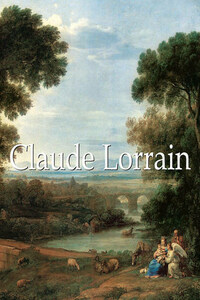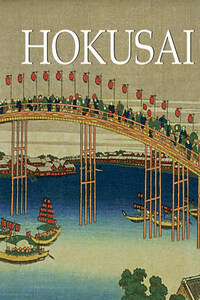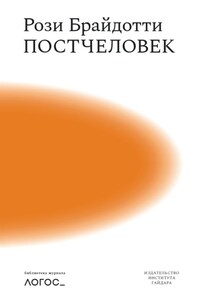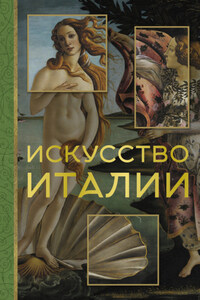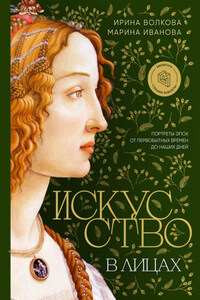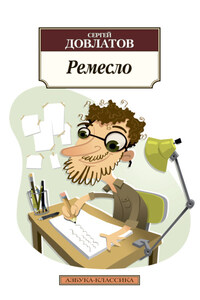Herd at a Watering-Place, 1635
Etching, 10.3 × 16.5 cm
State Hermitage Museum, St Petersburg
1600: Born in Chamagne in the modern-day Vosges region, in the north-east of France.
c. 1612: Moves to Rome, where he works as a pastry chef, until he is taken on as an apprentice under the landscape painter Agostino Tassi at Bagnaia. He learns the rudiments of landscape and perspective painting.
1617–1621: Travels to Naples for an apprenticeship with the landscapist Gottfried Wals, also known as Goffredo Tedesco.
1625–1626: Travels to Nancy to work alongside the court painter Claude Deruet at the chapel of the Carmelite church (no longer in existence).
1633: Admitted as a member of the Academy of Saint Luke, Rome.
1635: Claude Lorrain publishes his own monograph, the Liber Veritatis (Book of Truth), an inventory of his works portrayed through rough sketches.
1638 onwards: Under the patronage of King Philip IV of Spain.
1640s: Creates a series of paintings of big ports, the most impressive of his career, including Ulysses returning Chryseis to her Father (c. 1644).
1663 onwards: Under the patronage of Prince Colonna.
1682: Dies in Rome and is buried there, in the church of the Santissima Trinità dei Monti.
* * *
If we liken history to a river, then, extending the analogy, we might say that its course is as uneven as that of any river. Some epochs create the sense of a measured, even slow passage of time, while in others the historical process moves forward by leaps and bounds, like an imperious, rushing stream. The 17th century in Europe was just such an epoch of accelerated, stormy progress.
Palazzo del Quirinale, Rome
c. 1630–1635
Brush drawing in brown wash over pen and brown ink, and graphite, 17.3 × 11.8 cm
Teylers Museum, Haarlem
This heightened dynamism is the primary reason why we find it so difficult to give an adequate name to the period. Of the many designations which have so far been proposed, none has been accepted decisively. Depending on their point of view, some scholars have called it the Age of Absolutism, others the Age of the Counter-Reformation, still others, the Baroque Period, and in their search for the dominant historical factor, they were each time faced with obvious alternatives. Perhaps the closest anyone has come to an inclusive definition is a simple progressive formula, “from the Renaissance to the Enlightenment”.
Landscape with Groves and Seated Figure
c. 1630–1635
Brush drawing in brown wash over graphite heightened with white, 19.6 × 27.1 cm
Teylers Museum, Haarlem
This was a period of brilliant scientific discoveries which led to profound changes in man’s image of the world. In natural science, the researches of Kepler, Galileo, Descartes, Fermat, Pascal, Harvey, Leeuwenhoek, Huygens, Newton, and Leibniz produced a kind of permanent revolution, whose enormous amplitude was marked, as it were, by the telescope at one end, and the microscope at the other.
Embarkation of a Queen
Attributed to Agostino Tassi, c. 1628
Musée des Beaux-Arts, Nantes
The idea of the unity of the physical world was associated with that of the unity of all biological forms. Science was placed on a firm basis of experiment and mathematical analysis. The rapid development of scientific knowledge and the increasing variety of its different branches called for a new synthetic philosophy, and 17th-century thinkers responded to this demand with an unprecedented effort, elaborating the doctrine of universal order.
Landscape with an Artist Drawing
c. 1630
Etching, 10.2 × 16.8 cm
Bibliothèque Nationale de France, Paris
It was not without reason that some historians of science and philosophy called the 17th century the Age of Geniuses: this century saw the publication of writings by Bacon, Gassendi, Descartes, Spinoza, Pascal, Hobbes, Locke, and Leibniz.
For art, closely interwoven with all other forms of cultural activity, this was also an age of discoveries.
John Donne wrote in the early 1610s:
And new philosophy calls all in doubt,
The element of fire is quite put out;
The sun is lost, and the earth, and no man’s wit
Can well direct him where to look for it.
And freely men confess that this world’s spent
When in the planets, and the firmament
They seek so many new; they see that this
Is crumbled out again to its atomies.
‘Tis all in pieces, all coherence gone;
…
This is the world’s condition now…
The Siege of La Rochelle by Louis XIII (October 1628)
c. 1631
Oil on canvas, 28 × 42 cm
Musée du Louvre, Paris
Mill on a River
c. 1631
Oil on canvas, 61.6 × 84.5 cm
Museum of Fine Arts, Boston
This passage may be viewed as a poetic expression of the new general pattern of thought, for it gives an eloquent formula of Baroque relativism, which permeated contemporaries’ entire conception of the Universe. The proud and confident Renaissance optimism was replaced by a Baroque mood of morbid sensitivity, full of deep inner contradictions.
The Age of World Theatre is another name justifiably applied to the 17th century, and not only because the period included such authors as Shakespeare, Dryden, Congreve, Gryphius, Lope de Vega, Tirso de Molina, Alarcon, Calderon, Corneille, Racine, and Moliere.
